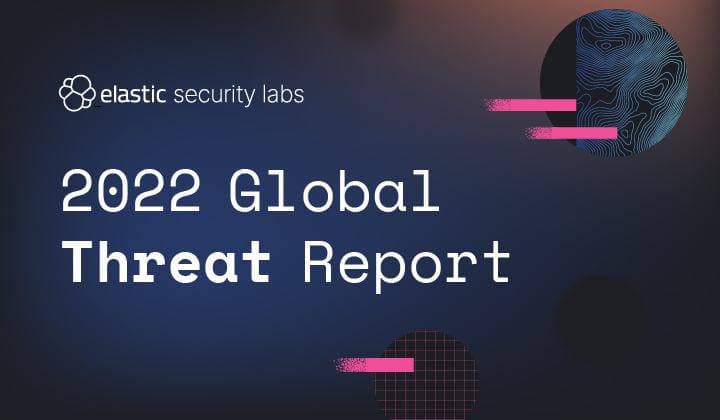As the threat landscape continues to evolve, cybersecurity stakes are growing exponentially higher for today’s organizations. Between Log4j, geopolitical tension, and increasing ransomware threats, security is not just at the top of the business agenda but also the societal agenda. Meanwhile, threat actors have adopted new capabilities and methods while increasing their cadence of activity.
Threat detection and response has come a long way since the firewall dissolved and the cloud took center stage. AI and machine learning, for example, have been major contributors to the advancement of cybersecurity. Machine learning is being used to identify malicious behavior from bad actors by modeling network behavior and improving overall threat detection.
What’s been difficult is the sea of sameness filled with vendors promising products to mitigate today’s threats while preparing for the next one. As the 2022 Elastic Global Threat Report outlines, a significant percentage of all threats achieve a degree of success against technical, procedural, and human mitigations. So what is a company to do in the face of such unfavorable odds? At Elastic, we believe there are several ingredients that are critical to managing today’s threat landscape.
Build a program, not just a tool
Vendors need to start thinking about security products as more than software. They are part of a living, breathing program that takes care and feeding. For Elastic, it’s not just about shipping a solution; it’s about offering a holistic approach to security that happens to come with a great product. It’s sharing insights and best practices and creating a community focused on security data intelligence that extends the value of Elastic Security for customers.
The 2022 Elastic Threat Report is an important part of that program, and we’re excited to share our knowledge with the community. In addition to vital information from the Elastic Security Labs team, the report provides actionable guidance to security practitioners about how to maximize positive outcomes for their organizations.
It takes an (open) community
The foundation of any good program is a strong community that can support and foster it. Take Elastic’s commitment to open security, for example. The community born from vendors being transparent about their security controls, detection rules, and threat logic can be a force multiplier of best practices across the entire industry.
When vendors engage their experts with experts from across the broader security community about new threats they’ve observed or innovative methods for detecting nuanced attacks, it creates greater scalability of system defenses — not just for the enterprise but also for their customers.
For example, at Elastic we recently opened our Endpoint Security protections-artifacts repo, adding to our already open detection-rules repo, to foster further collaboration with our community and be transparent about how we protect users.
Treat the cause, not the symptom
Despite the ever-growing threat landscape and the risks that it poses, many organizations are still treating security symptoms instead of the cause. Companies can no longer afford to keep the security team siloed and separate from the engineering team. The two functions must work closely to build products and solutions that can withstand the barrage of advancing threats.
At Elastic, we design and build products with security in mind from the start, so it’s baked into every solution we ship to our customers. In fact, we take security so seriously that the office of InfoSec is part of the engineering organization.
We hope that the 2022 Elastic Global Threat Report will help your understanding of the important shifts in the threat landscape, and provide the information you need to make your organization more resilient, prepared, and protected.
